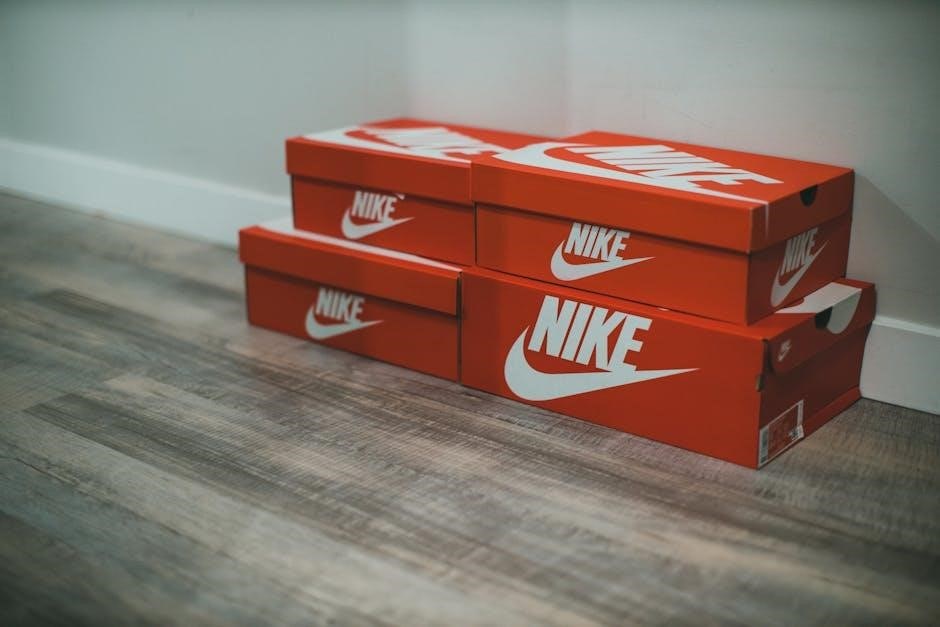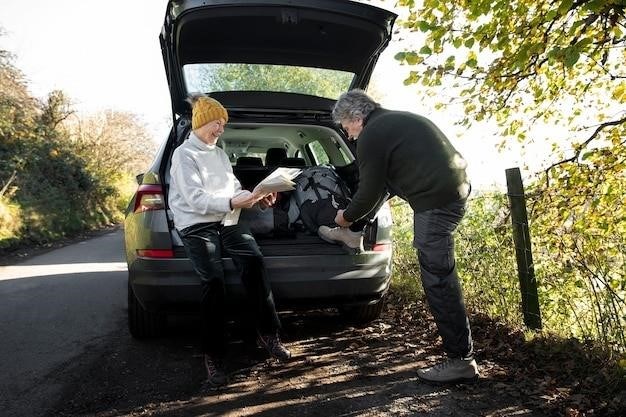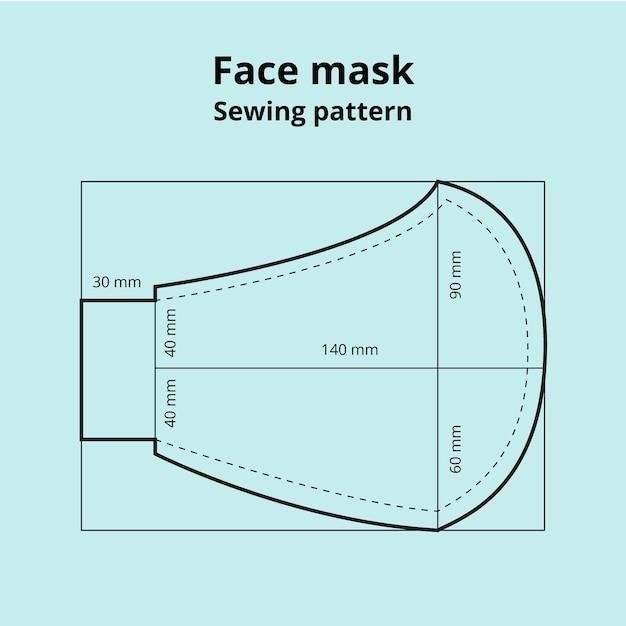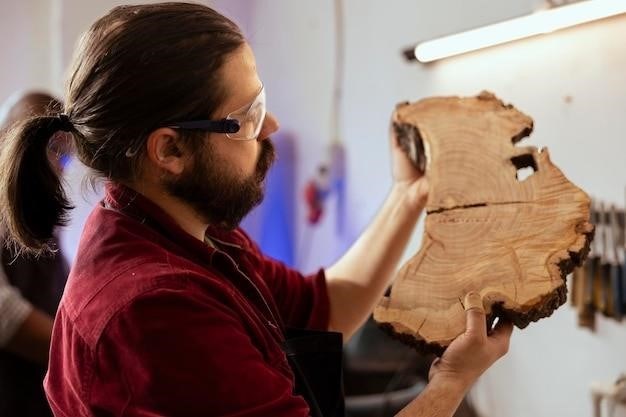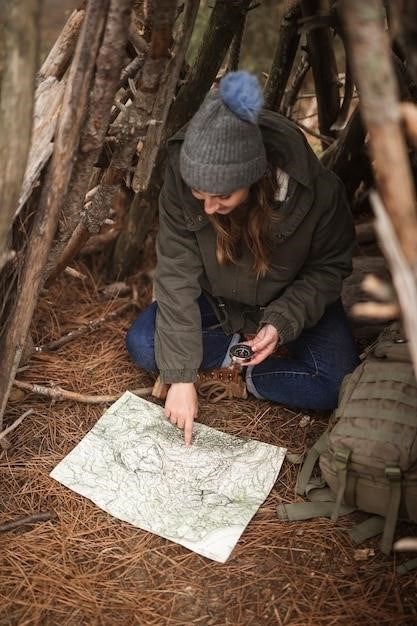Understanding crib shoe sizing is essential for ensuring your baby’s comfort and proper foot development․ This guide helps you measure, choose the right fit, and navigate size charts effectively․
Understanding the Importance of Proper Fit
A proper fit in crib shoes is crucial for your baby’s comfort and foot development․ Ill-fitting shoes can cause discomfort, restrict movement, or even lead to foot deformities․ Tight shoes may hinder toe growth, while overly loose shoes can cause blisters or slipping․ Ensuring the right fit promotes healthy foot development and prevents potential issues․ When selecting crib shoes, allow about 0․25 inches of space for growth and wiggle room․ This ensures your baby’s feet can move naturally without restriction․ Properly fitted shoes also improve balance and stability, especially as your baby begins to crawl or walk․ Always prioritize comfort and a snug yet roomy fit to support your baby’s active lifestyle and overall well-being․
Overview of Crib Shoe Sizing
Crib shoe sizing is designed to accommodate the rapid growth of a baby’s feet during infancy․ Sizes typically range from 0 to 6, with each size corresponding to specific age ranges and foot lengths․ For example, size 0 fits newborns (0-3 months) with foot lengths around 3․5 inches, while size 6 suits older babies (12-18 months) with feet up to 5 inches long․ Many brands offer half sizes to ensure a more precise fit․ Proper sizing is crucial for comfort and development, as tight shoes can hinder growth and cause discomfort․ Always refer to a brand’s size chart, as sizing may vary slightly between manufacturers․ By understanding these guidelines, parents can select shoes that support their baby’s growth and provide a comfortable fit throughout each stage of development․

How to Measure Your Baby’s Feet
Place your baby’s foot on a flat surface, ensuring it’s straight․ Measure from the heel to the longest toe using a ruler or printable size chart for accuracy․
Step-by-Step Guide to Measuring Foot Length
To accurately measure your baby’s foot length, start by placing their foot on a flat surface, ensuring it is straight and not curled․ Use a ruler or a printable size chart to get precise measurements․ Gently press the ruler along the heel and extend it to the tip of the longest toe․ Record the measurement in inches or centimeters․ For added accuracy, measure both feet, as they may differ slightly․ Add about 0․25 inches to the measurement to allow for wiggle room and growth․ Repeat the process a few times to ensure consistency․ Using a flexible ruler or a shoe sizing chart can also help achieve precise results․ Regular measurements are crucial, as babies’ feet grow quickly, and sizes may change every few months․
Tools Needed for Accurate Measurement
To measure your baby’s foot length accurately, you’ll need a few simple tools․ A ruler or a printable shoe size chart is essential for obtaining precise measurements․ Place your baby’s foot on a flat surface, ensuring it is straight and not curled․ A flexible measuring tape or a Brannock device can also be used for added accuracy․ For younger infants, a soft, flexible ruler is recommended to avoid discomfort; Ensure the foot is positioned naturally, with the heel flat on the surface․ Measure from the back of the heel to the tip of the longest toe․ If using a printable chart, align the foot carefully to match the scale․ Double-checking the measurement with a second tool can help ensure accuracy․ Regularly updating measurements is crucial, as babies’ feet grow rapidly, and sizes can change every few months․
How Often to Measure Your Baby’s Feet
Regularly measuring your baby’s feet is crucial due to their rapid growth․ Infants’ feet grow quickly, especially in the first three years․ Measure every 2-3 months to ensure proper fit․ For younger babies, more frequent checks are needed, as their feet can grow up to half a size every few months․ Look for signs like shoes feeling tight or your baby’s foot extending beyond the shoe․ These indicators suggest it’s time to remeasure․ Growth spurts often occur unexpectedly, so staying vigilant is key․ As your baby ages, growth slows, but consistent monitoring remains important․ Neglecting regular measurements can lead to ill-fitting shoes, which may cause discomfort or hinder proper foot development․ Always check before buying new shoes to ensure the best fit for your baby’s current size․
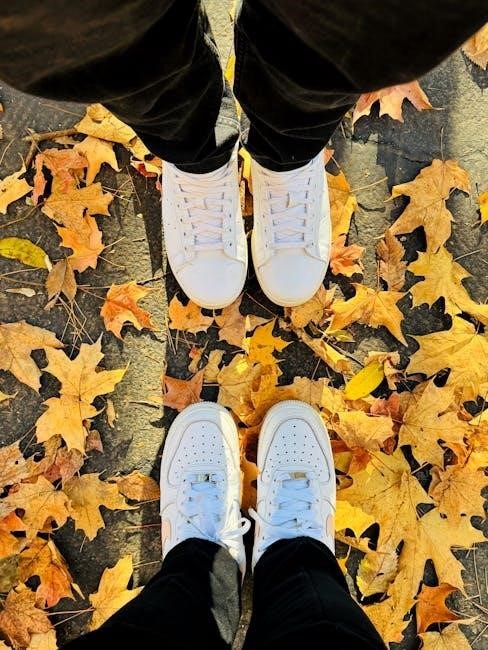
Understanding Crib Shoe Size Charts
Crib shoe size charts organize sizes by age ranges, typically including foot length in inches or centimeters․ They help determine the best fit by converting measurements to appropriate sizes․
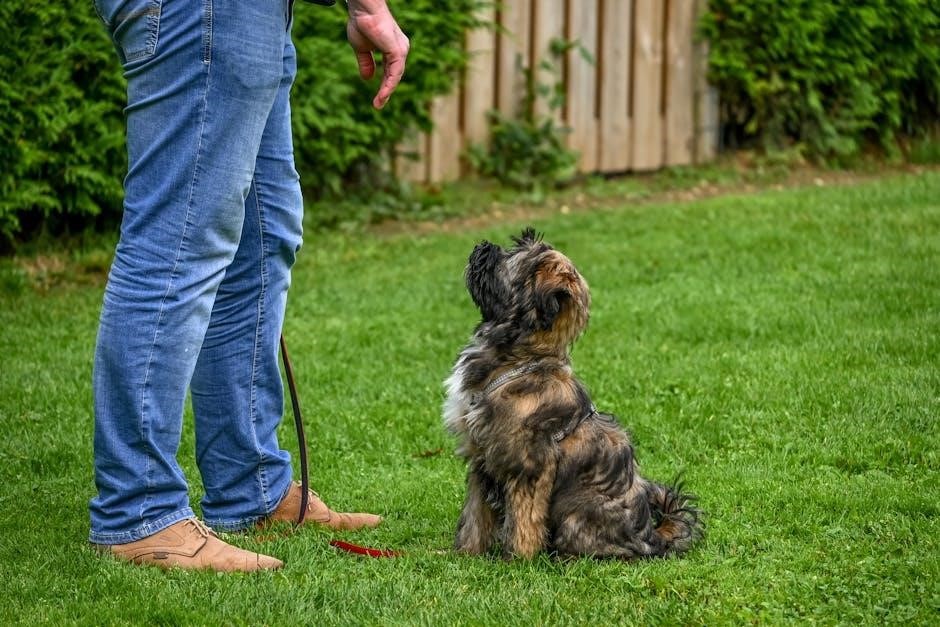
Age Ranges and Corresponding Sizes
Crib shoe size charts typically categorize sizes based on age ranges, such as 0-3 months, 3-6 months, 6-9 months, and so on․ Each range corresponds to specific foot lengths, ensuring a proper fit․ For instance, a size 1 crib shoe generally fits babies aged 0-3 months, with foot lengths around 3․5 inches․ As the baby grows, the sizes increase proportionally․ These charts help parents select shoes that match their child’s developmental stage, promoting comfort and support․ By aligning age ranges with foot measurements, the charts simplify the process of choosing the right size․ This method ensures that shoes are neither too tight nor too loose, allowing for natural foot growth and movement․ Using these guidelines, parents can make informed decisions when purchasing crib shoes for their little ones․
Converting Sizes Across Different Brands
Converting crib shoe sizes across different brands can be challenging due to varying sizing standards․ While one brand might label a size as 3, another might have a slightly different measurement for the same size․ To ensure accuracy, it’s essential to use the specific size chart provided by each brand․ For example, Carter’s crib shoes run from size 0 to 6, with half sizes available for walking shoes, while Stride Rite offers detailed size charts with width options․ Always measure your baby’s foot length and refer to the brand’s guide to find the closest match․ This approach helps avoid discrepancies and ensures a comfortable fit․ Remember, foot length is the most reliable factor when converting sizes between brands․
Foot Length to Shoe Size Conversion
Converting your baby’s foot length to the correct shoe size is crucial for a proper fit․ Generally, crib shoe sizes are based on foot length, with each size corresponding to a specific range in inches or centimeters․ For example, a Crib 1 size typically fits foot lengths of 3․5 to 4 inches․ To convert, measure the foot from heel to the longest toe and add about 0․25 inches for wiggle room․ Use a brand’s size chart to match this measurement to the appropriate size․ Keep in mind that different brands may have slight variations, so always refer to the specific brand’s guide․ This method ensures a comfortable and accurate fit, allowing for growth while preventing the shoe from being too tight or too loose․ Regularly checking and converting foot length to shoe size helps maintain your baby’s comfort as they grow․
Factors Affecting Crib Shoe Size
Foot growth patterns, shoe styles, and seasonal considerations influence crib shoe sizing․ These factors help determine the right fit for your baby’s comfort and support․
Foot Growth Patterns in Infants
Infants’ feet grow rapidly, with significant development occurring during the first year․ On average, a baby’s foot can grow up to half a size every two months․ This rapid growth means frequent measurements are necessary to ensure proper fit․ Parents should monitor their baby’s foot length regularly, as ill-fitting shoes can hinder natural growth․ Factors such as genetics and activity levels also play a role in determining growth rates․ Understanding these patterns helps in selecting the right crib shoe size, allowing for comfort and support during crucial developmental stages․ Regular checks and adjustments ensure that shoes remain appropriate as the baby grows, promoting healthy foot development;
Differences in Shoe Styles and Fit

Crib shoes come in various styles, each designed for specific purposes, which can affect fit․ Dress shoes may be snugger, while athletic styles offer more room․ Soft-soled shoes, ideal for non-walking babies, prioritize comfort and flexibility․ Hard-soled shoes, for walkers, provide support and durability․ The width of the shoe is another factor, with options like medium, wide, or extra-wide to accommodate different foot shapes․ Some brands offer half sizes for a more precise fit․ Parents should consider their baby’s activity level and foot shape when choosing a style․ Proper fit ensures comfort and supports healthy foot development․ Understanding these differences helps in selecting the most suitable crib shoes for your baby’s needs․
Seasonal Considerations for Shoe Sizing
Seasonal factors can influence crib shoe sizing, as clothing and activity levels change․ In colder months, babies often wear thicker socks, which may require a slightly larger shoe size for comfort․ Conversely, in warmer weather, lighter footwear and thinner socks mean smaller sizes might be more appropriate․ Additionally, outdoor activities in summer may demand more supportive shoes, while indoor shoes in winter can be softer and more flexible․ It’s important to regularly check the fit of crib shoes, as foot growth rates can vary with seasonal changes․ Ensuring proper fit across all seasons helps maintain comfort and supports healthy foot development․ Always consider these seasonal nuances when selecting crib shoes for your baby․
How to Choose the Right Crib Shoe Size
Measure your baby’s feet, use a size chart, allow room for growth, and try shoes on to ensure the perfect fit for your little one․
Using a Baby Shoe Size Chart
A baby shoe size chart is a valuable tool for determining the right fit for your little one․ These charts typically organize sizes by age ranges, such as 0-3 months or 6-9 months, and include corresponding foot lengths in inches or centimeters․ To use the chart effectively, measure your baby’s foot from the heel to the longest toe and add about 0․25 inches for wiggle room․ Compare this measurement to the chart to find the appropriate size․ Keep in mind that sizes can vary slightly between brands, so it’s important to refer to the specific chart provided by the brand you’re shopping with․ Additionally, some charts may include half sizes, especially for walking shoes, to ensure a more precise fit․ By using a size chart, you can make informed decisions and select shoes that promote comfort and proper foot development for your baby․
Allowing Room for Growth
When selecting crib shoes, it’s crucial to allow room for growth to ensure your baby’s comfort and proper foot development․ A good rule of thumb is to add about 0․25 inches to your baby’s foot length measurement to account for wiggle room and future growth․ This extra space prevents the shoes from being too tight, which can cause discomfort or restrict movement․ Additionally, consider the natural growth patterns of your baby’s feet, as they can grow rapidly during the first year․ Some brands offer half sizes in walking shoes, which can provide a more precise fit while still allowing for growth․ By balancing the need for a snug fit with enough space for expansion, you can ensure your baby’s shoes remain comfortable as their feet develop․ This approach also helps extend the life of the shoes, making them a practical choice for your little one․
Trying Shoes On Your Baby
Trying shoes on your baby is a crucial step to ensure the perfect fit․ Always measure your baby’s foot length beforehand and refer to a size chart for guidance․ When trying shoes, check that the heel fits snugly and the toes have enough room to wiggle—about 0․25 inches of space is ideal․ Ensure the shoes are comfortable and not too tight, as this can hinder foot development․ It’s also important to try shoes later in the day, as feet tend to swell slightly․ If your baby is between sizes, opt for the larger one to allow for growth․ Remember to test the fit with the same type of socks your baby will wear with the shoes․ This hands-on approach ensures you find a pair that balances comfort, support, and room for growth, making it a practical and healthy choice for your baby’s feet․
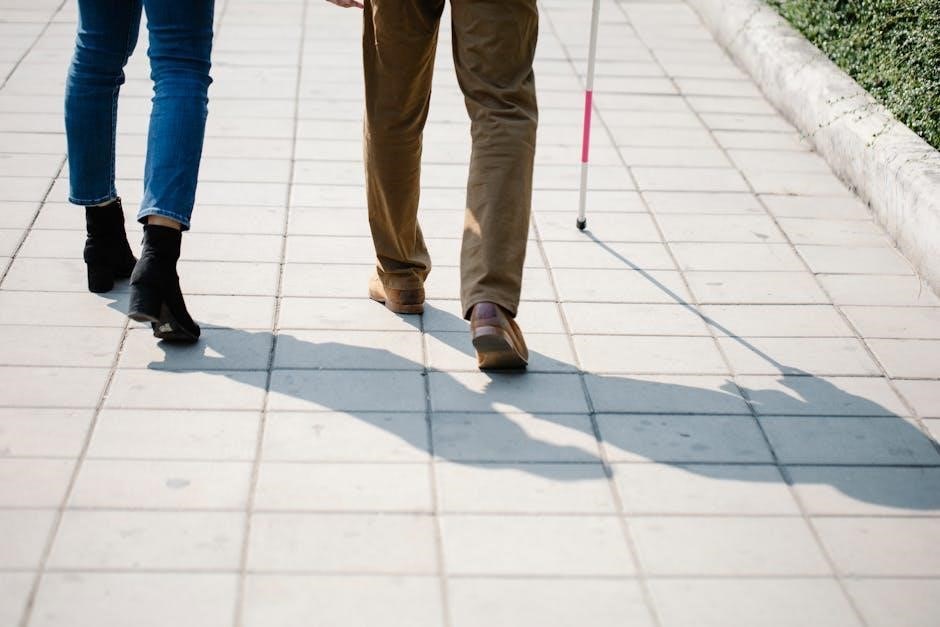
Common Challenges in Sizing Crib Shoes
Finding the right crib shoe size can be tricky due to varying brand sizes, foot shape differences, and rapid growth spurts in babies, making accurate fitting essential․
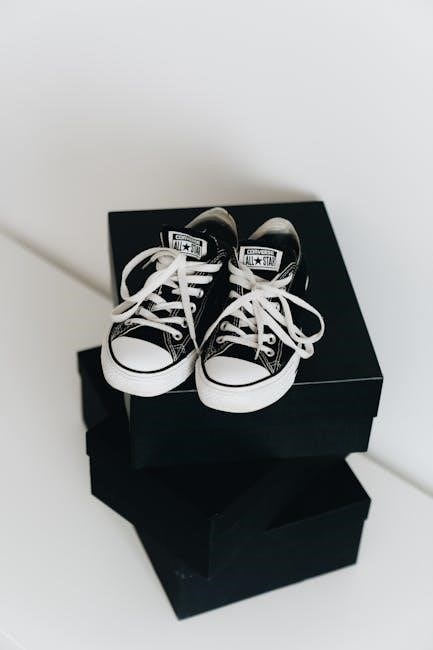
Between Sizes: What to Do
If your baby’s foot length falls between two sizes, opt for the larger size to accommodate growth․ Measure carefully using a ruler or printable chart, ensuring accuracy․ Consider the brand’s sizing variations, as some may run smaller or larger․ Trying shoes on your baby is ideal to confirm fit․ If shopping online, check reviews for sizing feedback․ Allow about 0․25 inches of space for comfort and growth․ Avoid tight fits, as they can hinder foot development․ If unsure, consult the brand’s size guide or customer service for guidance․ Proper fit ensures comfort and supports healthy foot growth, making it worth the extra effort to get right․
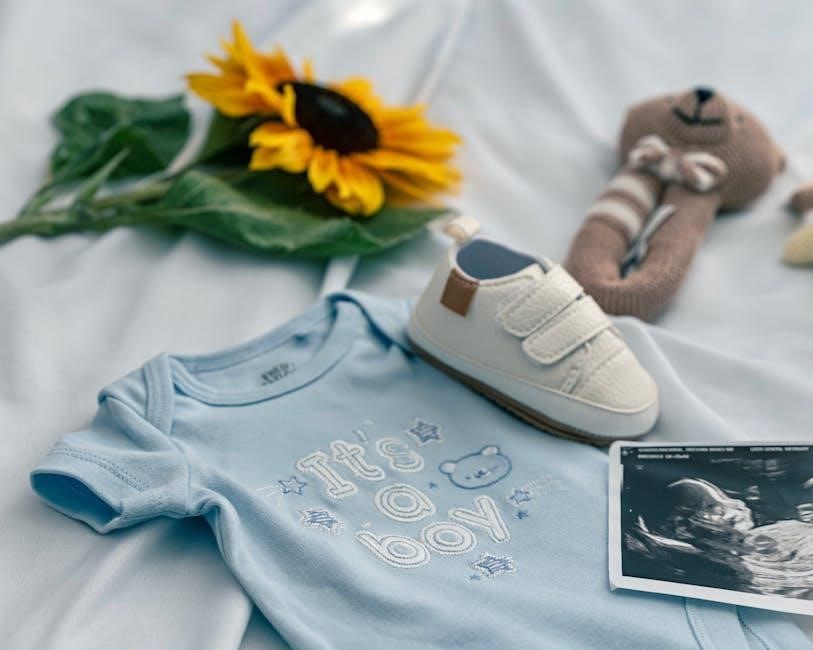
Wide or Narrow Feet: Special Considerations
Babies with wide or narrow feet may require extra attention when selecting crib shoes․ Look for brands offering wide or narrow sizes to ensure a comfortable fit․ Measure your baby’s foot length and width accurately to determine the best size․ If a brand doesn’t offer width options, consider a larger size for wide feet or a smaller size for narrow feet․ Use a shoe horn to guide feet into shoes without forcing them․ Avoid tight fits, as they can cause discomfort or restrict movement․ Seasonal factors, like thicker socks in winter, may also affect fit․ Trying shoes on your baby is crucial to ensure proper comfort and support․ If unsure, consult a sizing chart or seek advice from the brand or a shoe fitter․ Proper fit is key for healthy foot development and comfort․
Brand-Specific Sizing Variations
Brand-specific sizing variations can make selecting crib shoes challenging․ Different brands may have slightly different size standards, so it’s important to refer to the specific brand’s size chart․ For example, Carter’s baby shoe sizes range from 0 to 6, with half sizes available in walking shoes to ensure a precise fit․ Stride Rite offers detailed sizing guides, including length and width measurements, to help parents choose the right size․ Always check the brand’s sizing chart before making a purchase, as sizes can vary․ Some brands cater to wider or narrower feet, so consider this when selecting․ If your baby’s foot shape or size doesn’t fit a particular brand’s standard, try another brand․ Proper fit is crucial for comfort and healthy foot development, so take the time to find a brand that works best for your baby․
Additional Tips for Buying Crib Shoes
When buying crib shoes, prioritize soft, breathable materials for comfort․ Ensure proper ventilation to prevent moisture buildup․ Balance style with practicality, opting for durable yet adorable designs․ Regularly clean and store shoes properly to maintain quality and extend lifespan․
Material and Comfort Considerations

When selecting crib shoes, prioritize materials that ensure comfort and breathability․ Soft, lightweight fabrics like leather or mesh are ideal for delicate skin․ Look for shoes with cushioned insoles to provide support and comfort․ Breathable materials help prevent moisture buildup, reducing the risk of irritation․ Opt for shoes with flexible soles to allow natural foot movement, promoting healthy development․ Avoid stiff or rigid materials that may restrict growth․ Additionally, consider moisture-wicking linings to keep feet dry and comfortable․ Proper ventilation is key, especially for babies who are not yet walking but still need protection․ Always check for any potential allergens or irritants in the materials․ By focusing on comfort and quality, you can ensure your baby’s feet stay happy and healthy․

Practicality vs․ Style: Finding Balance
When choosing crib shoes, it’s important to balance practicality and style․ Opt for durable, easy-to-clean materials that withstand daily wear, while also considering designs that match your baby’s outfits․ Comfort and functionality should never be compromised for aesthetics․ However, stylish options can boost your baby’s confidence and complement their wardrobe․ Versatile designs, such as neutral colors or classic patterns, offer flexibility for various occasions․ Prioritize shoes with secure closures, like Velcro or soft elastic, for ease of use․ While trendy styles are appealing, ensure they don’t sacrifice comfort or support․ By blending practical features with adorable designs, you can find crib shoes that are both functional and fashionable, meeting your baby’s needs while keeping them looking cute and well-dressed․
Care and Maintenance of Crib Shoes
Proper care and maintenance of crib shoes ensure longevity and hygiene․ Start by regularly inspecting for dirt or stains, and clean them promptly․ For fabric shoes, use a soft brush or damp cloth with mild detergent․ Leather shoes can be wiped with a moist cloth and conditioned to prevent cracking․ Avoid using harsh chemicals or machine washing, as this may damage materials․ Allow shoes to air dry completely to prevent mold or odors․ Store crib shoes in a cool, dry place, away from direct sunlight․ Rotate pairs to evenly distribute wear․ Regularly check for signs of wear, such as sole detachment or holes, and replace them when necessary․ Proper care not only extends the life of the shoes but also ensures your baby’s feet remain clean and comfortable․
Properly fitting crib shoes ensure comfort and healthy foot development․ Measure accurately, use size charts, and consider growth․ This guide helps you make informed choices for your baby’s footwear needs․
Proper fit is crucial for your baby’s comfort and foot development․ Measure foot length accurately, use size charts, and consider growth․ Tools like rulers or printable guides help ensure precise measurements․ Regularly check foot size as babies grow quickly․ Understand that size charts vary by brand, and some offer half sizes for walking shoes․ Allow room for growth but avoid excessive space․ Try shoes on your baby if possible․ Address challenges like between sizes or wide/narrow feet with specific considerations․ Material comfort and practicality are key․ Maintain crib shoes by cleaning and storing them properly․ By following these guidelines, you can ensure the best fit for your baby’s footwear needs․
Final Tips for Ensuring the Best Fit
Always use a baby shoe size chart for accurate sizing and leave room for growth․ Try shoes on your baby if possible, ensuring a snug but comfortable fit․ Opt for soft, breathable materials to promote foot health․ Regularly monitor your baby’s foot growth, as sizes can change quickly․ Consider practical features like easy-on/off designs and non-slip soles for stability․ Avoid overly tight or loose shoes, as this can cause discomfort or tripping hazards․ If unsure, consult a professional fitter or refer to brand-specific guides․ By combining these strategies, you can ensure your baby’s crib shoes provide comfort, support, and room for healthy development․
